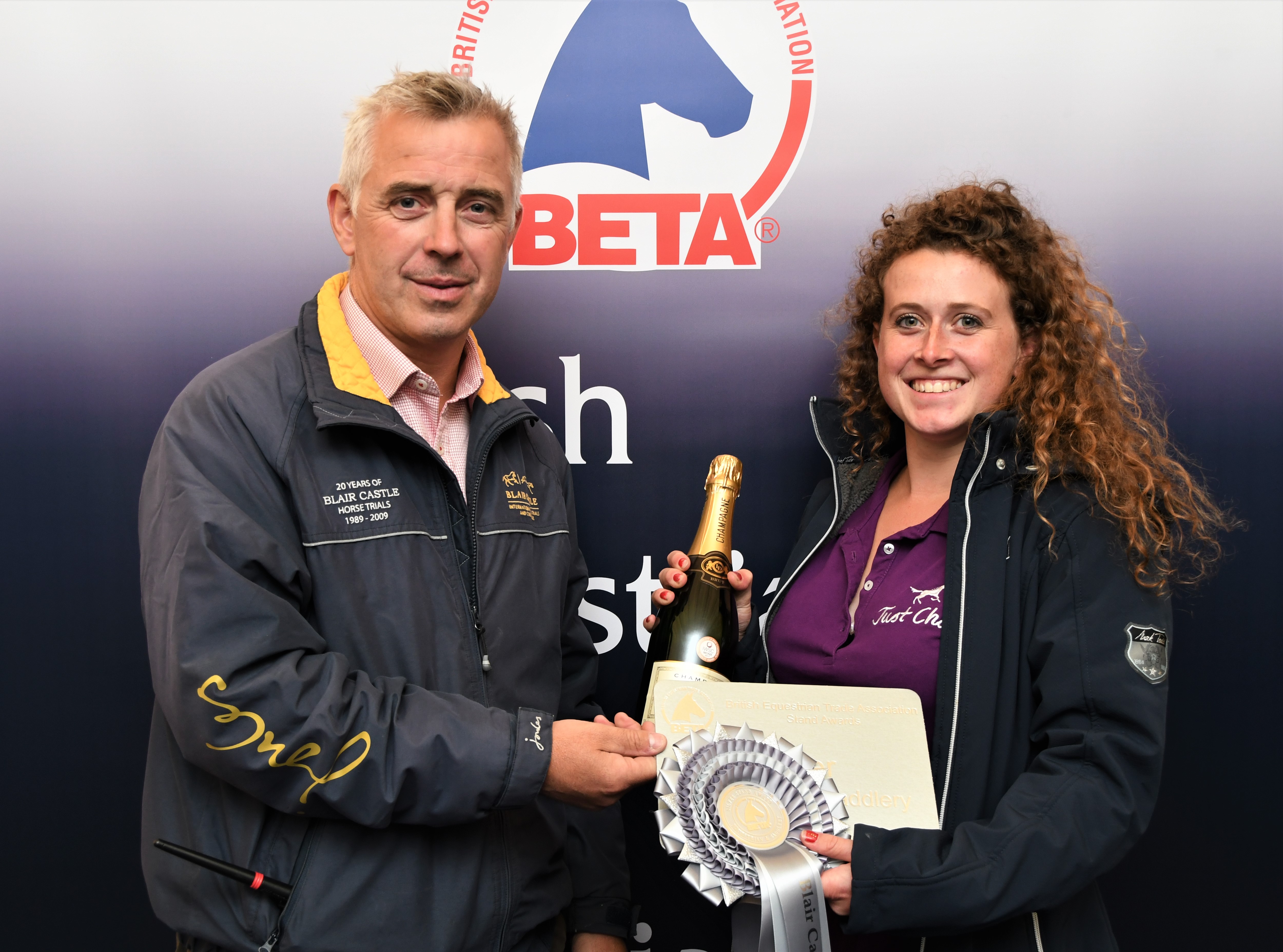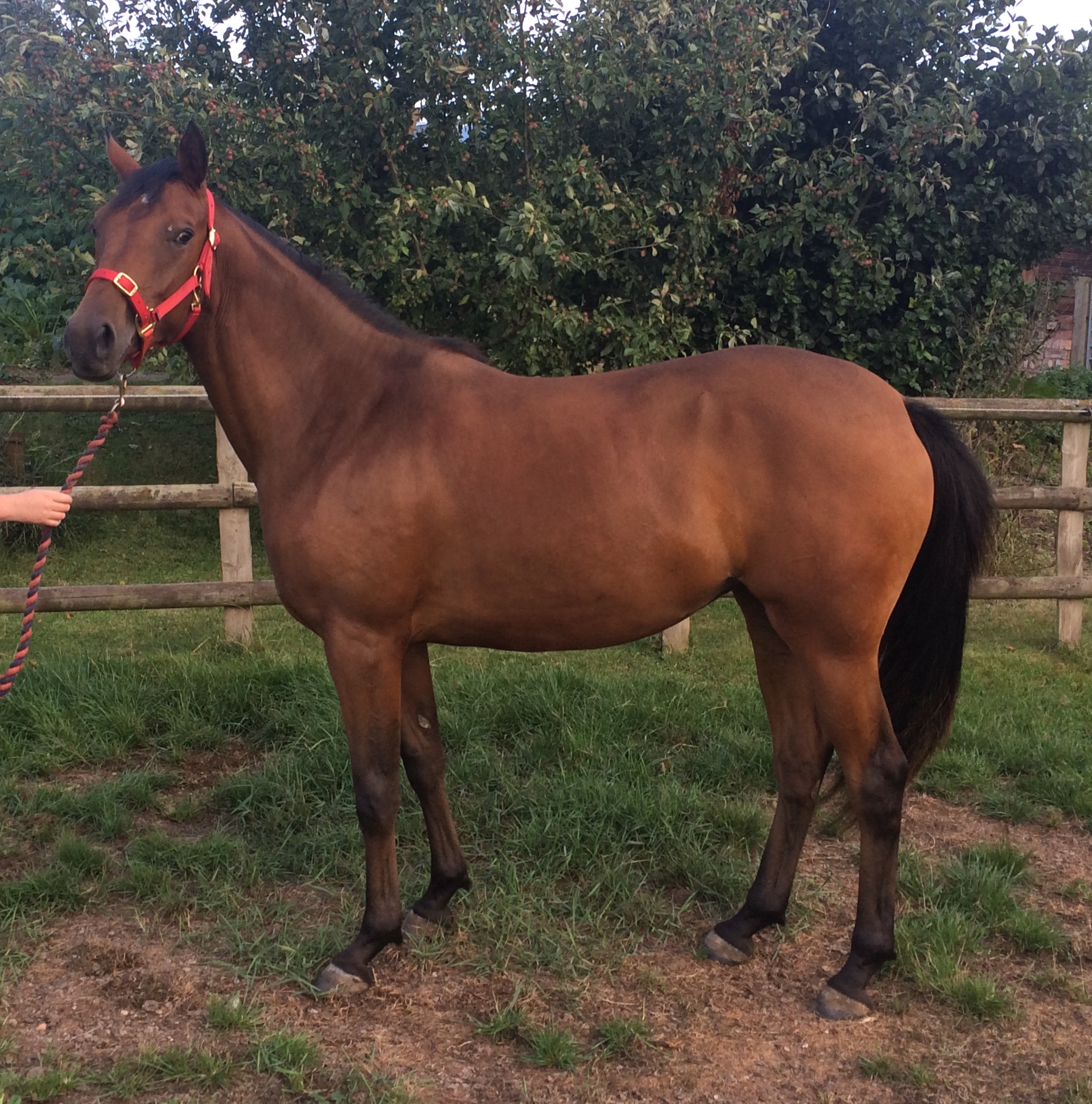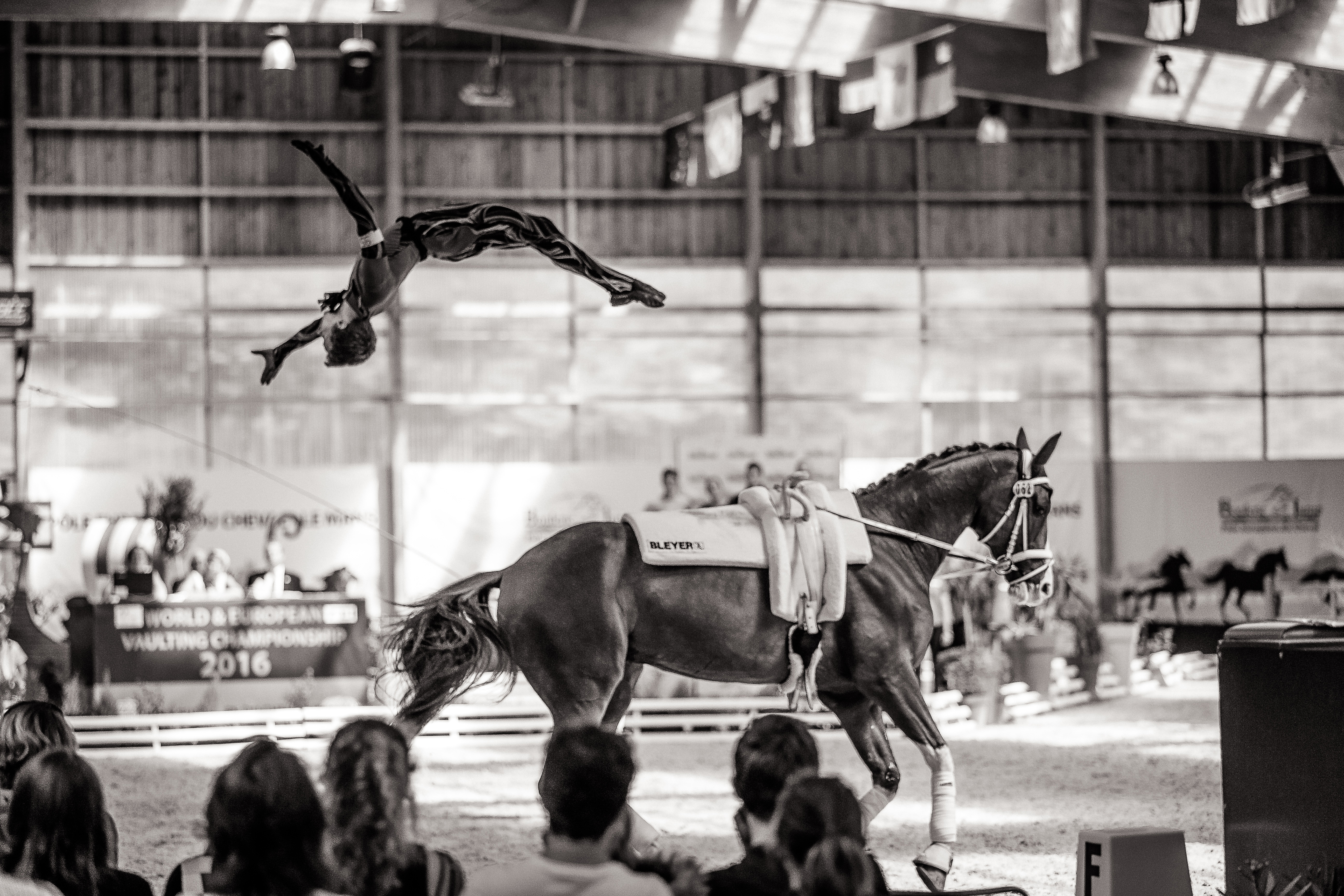
Another Record Season for Just Chaps on the Show Circuit
The Just Chaps team has been busy all summer attending major Horse Trials and Shows, beginning with another fine-weather Badminton in May and winding up in the sensational grounds of Blenheim Palace in September. These shows give us an amazing opportunity to meet with thousands of customers from all riding backgrounds – and to demonstrate our very extensive range of styles and sizes.
There is no substitute for trying on different sizes – which then gives you confidence to buy on-line as well. Our new Saltos range of premium gaiters competed with our popular range of waterproof trousers and full-chaps for top-seller status.
The Just Chaps team in Scotland had another successful summer of events – culminating at Blair Castle where our commitment to customer service was recognised. As part of its commitment to supporting the equestrian trade, the British Equestrian Trade Association (BETA) was extremely pleased to host the Best Stand Awards at Blair and you could almost hear a pin drop as the winners were announced. The competition is divided into three categories – Equestrian & Saddlery, Lifestyle, Pet & Fashion and Food & Beverages, with each stand judged according to BETA’s set criteria and awarded either a gold or silver standard. This year the emphasis was very much on customer service and the passion shown for their products.In Equestrian & Saddlery, Treehouse Sporting Colours and TopSpec Equine were awarded gold, while silver went to Just Chaps, Baileys Horse Feeds and Libby’s International. A special thanks to the Kath and Molly Crookshank and Karen, who manage the events in Scotland with so much commitment.
There is no rest for the busy Just Chaps team however, with the Autumn and Christmas seasons kicking off at the Horse of the Year Show (HOYS) at the NEC next week and ending on a festive note at Olympia in December.
Thanks to all our customers who visited us over the summer months. We look forward to welcoming more of you as the season draws to an end.






Recent Comments